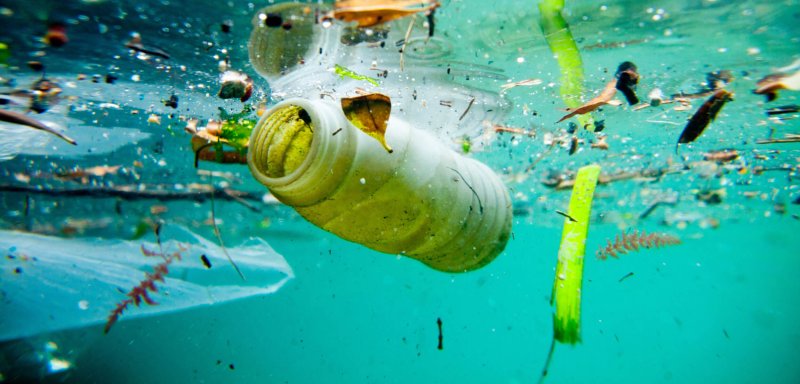Plastic is everywhere, and we have all heard it’s bad for the environment because it takes a long time to biodegrade. But is this actually true? If I look at our outside furniture, that seems to biodegrade beautifully. How much should we really worry about all that plastic?
Fact is, no one has any good idea how long plastics last in the environment. The studies which have been done, often don’t list crucial information such as exposure to sunlight, temperature, or size and shape of the sample, so it’s unclear what those numbers mean in real life. Scientists don’t even have an agreed-upon standard for what “degradation of plastic” is.
…
It’s presently unclear whether eating microplastics is a health hazard. But some of those microplastics are so small they circulate in the air together with other dust and we regularly breathe them in. Studies have found that at least in cell-cultures, those particles are small enough to make it into the lymphatic and circulatory system. But how much this happens in real life and to what extent this may lead to health problems hasn’t been sorted out.































